Pony Express of the Old West

The Pony Express of the Old West was in operation for only 18 months, from April 1860 to October 1861 was an express mail service using relays of horse-mounted riders between between St. Joseph, Missouri to Sacramento, California.
The Pony Express of the Old West tied the Eastern side of the United States to the West, evoking images of courageous young men crossing long stretches of unsettled territories, day and night, in all kinds of weather and facing the constant threat of death.
Simply, it was a hazardous job that provided a faster mail transport across the United States, just before the coming of the telegraph.
Praise is also due to the faithful station men who, in their isolation, often bore the murderous attacks of Indians and bandits.
In its 18 months of operation, the Pony Express became a legend in creating vital communication across the vast expanse of the American frontier to cut the time required to deliver a message between the east and west by more than half.
Fearless riders skill and fortitude made the operation possible and later, helped to open trails for passenger stagecoaches between cities and towns of the Old West.
Founding of the Pony Express
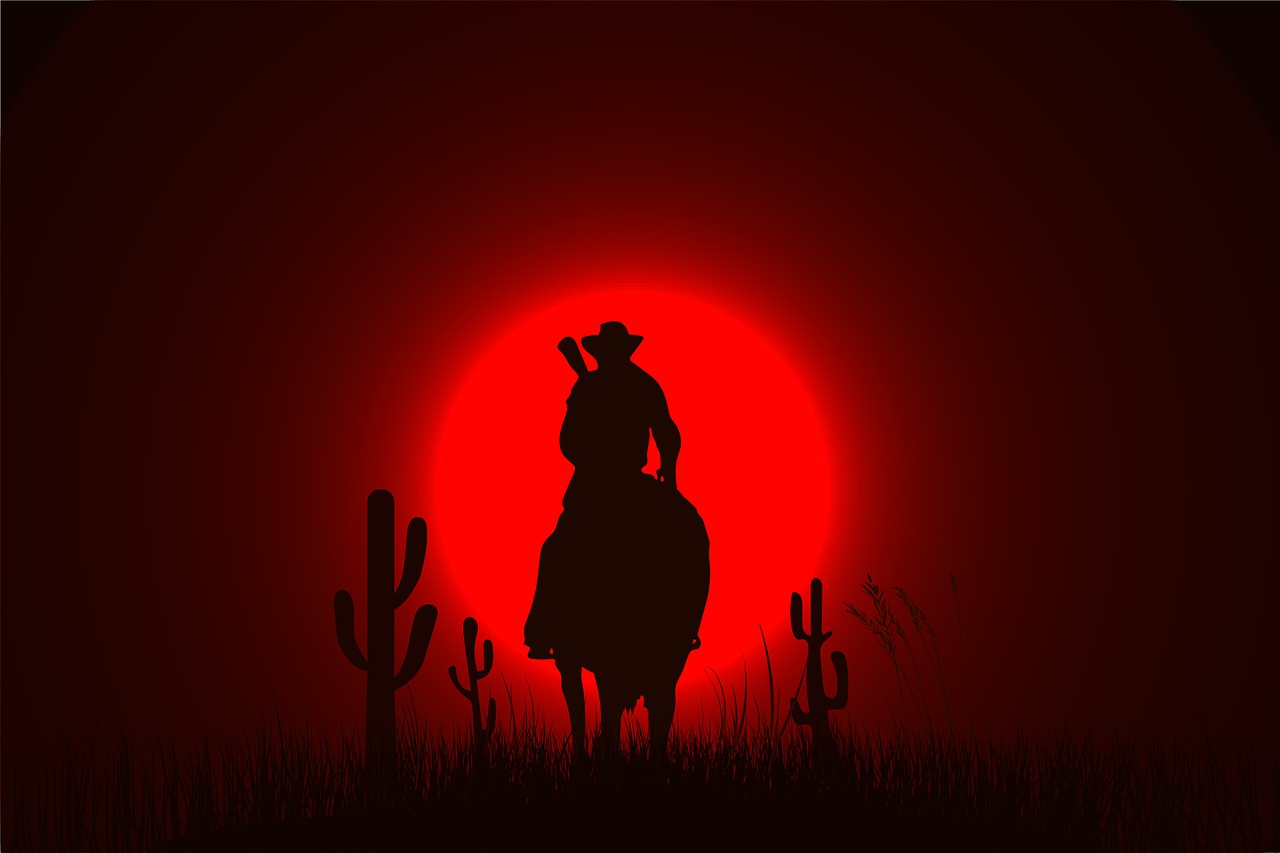
Pony Express of the Old West
The origin for a speedier mail system from East to West is attributed to California Senator, William M. Gwin who suggested the idea to the private freighting firm Russell, Majors and Waddell.
William Russell, Alexander Majors and William B. Waddell were the three founders of the Pony Express who put together the Pony Express in two months in the winter of 1860.
Alexander Majors
Alexander Majors was a religious man and "by the help of God" was determined to overcome all difficulties.
Each Pony Express rider earned about $100-150 monthly salaries, they were also presented with a special-edition Bible and had to take a loyalty oath which they were required to sign that read:
"I, ...., do hereby swear, before the Great and Living God, that during my engagement, and while I am an employee of Russell, Majors, and Waddell, I will, under no circumstances, use profane language, that I will drink no intoxicating liquors, that I will not quarrel or fight with any other employee of the firm, and that in every respect I will conduct myself honestly, be faithful to my duties, and so direct all my acts as to win the confidence of my employers, so help me God".
California
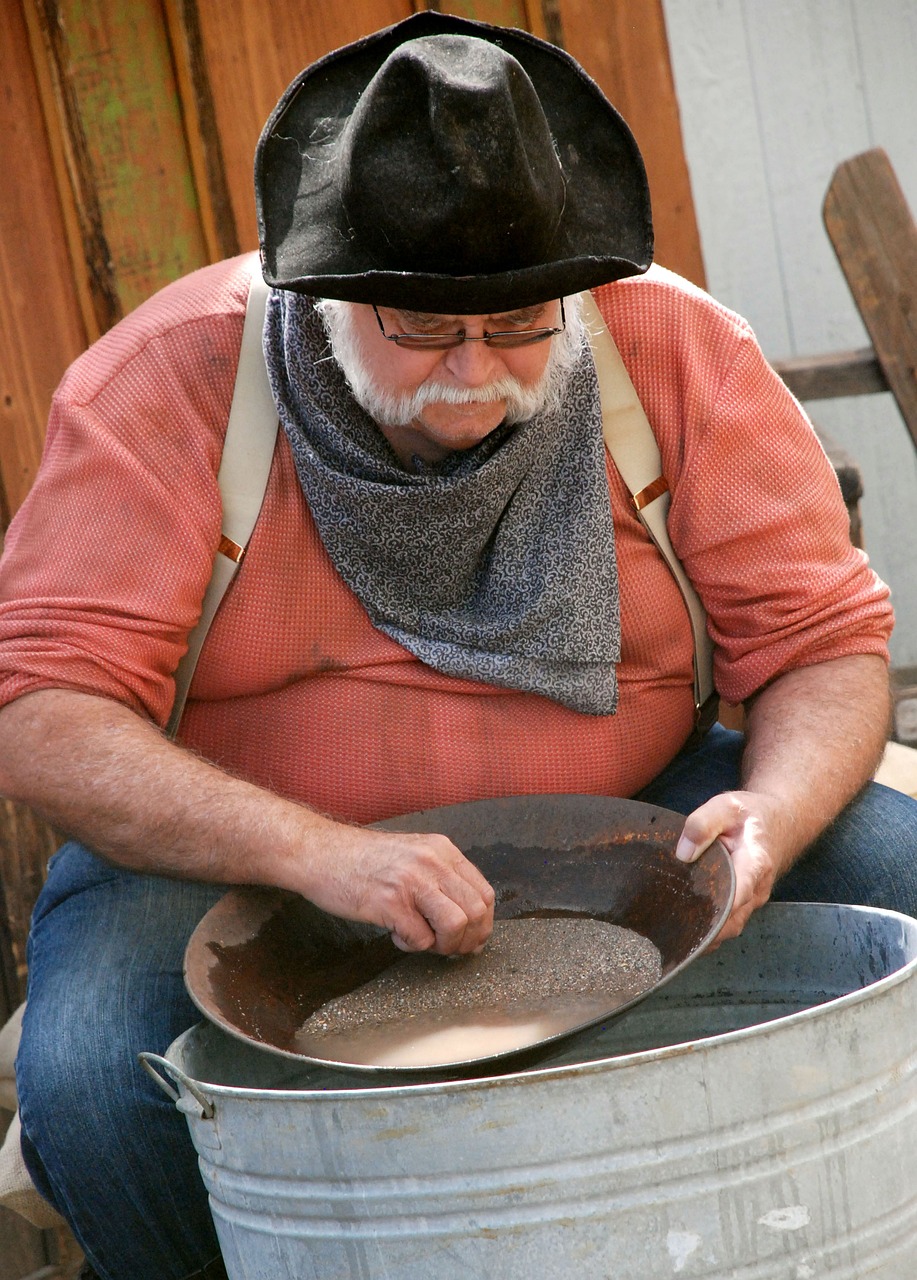
Pony Express of the Old West
Expanding Western settlement and demand for communication in the mid-19th century needed a faster and reliable means of mail delivery that became greater as the American Civil War (12 April 1861 – 9 April 1865) approached.
Initially, it was met by overland stagecoach companies on one of several routes.
California-bound mail could be taken overland by a 25-day stagecoach that would travel about 5 miles (8 km) per hour for 12 hours per day or by the steamboat, sea route around the tip of South America that would take five to eight months and cover approximately 18,000 nautical miles (33,000 kilometres).
Union
California became the 31st State of the Union on September 9, 1850 as a free, non-slavery state by the Compromise of 1850 resulting from the Mexican-American War of 1846 - 1848.
The Treaty of Guadalupe Hildago on February 2, 1848, which ended the war, yielded a vast portion of the Southwest, including present day California, to the United States - the United States also paid Mexico $15 million dollars.
Gold Rush
The California gold rush (1848–1855) began on January 24, 1848, when gold was found by James W. Marshall at Sutter's Mill in Coloma, California which brought thousands of prospectors, investors, and businessmen from the rest of the United States and abroad.
By 1860, the population had grown to 380,000 so, a fast mail route to the Pacific Coast was needed by California's newfound prominence and growing population.
Pony Express of the Old West
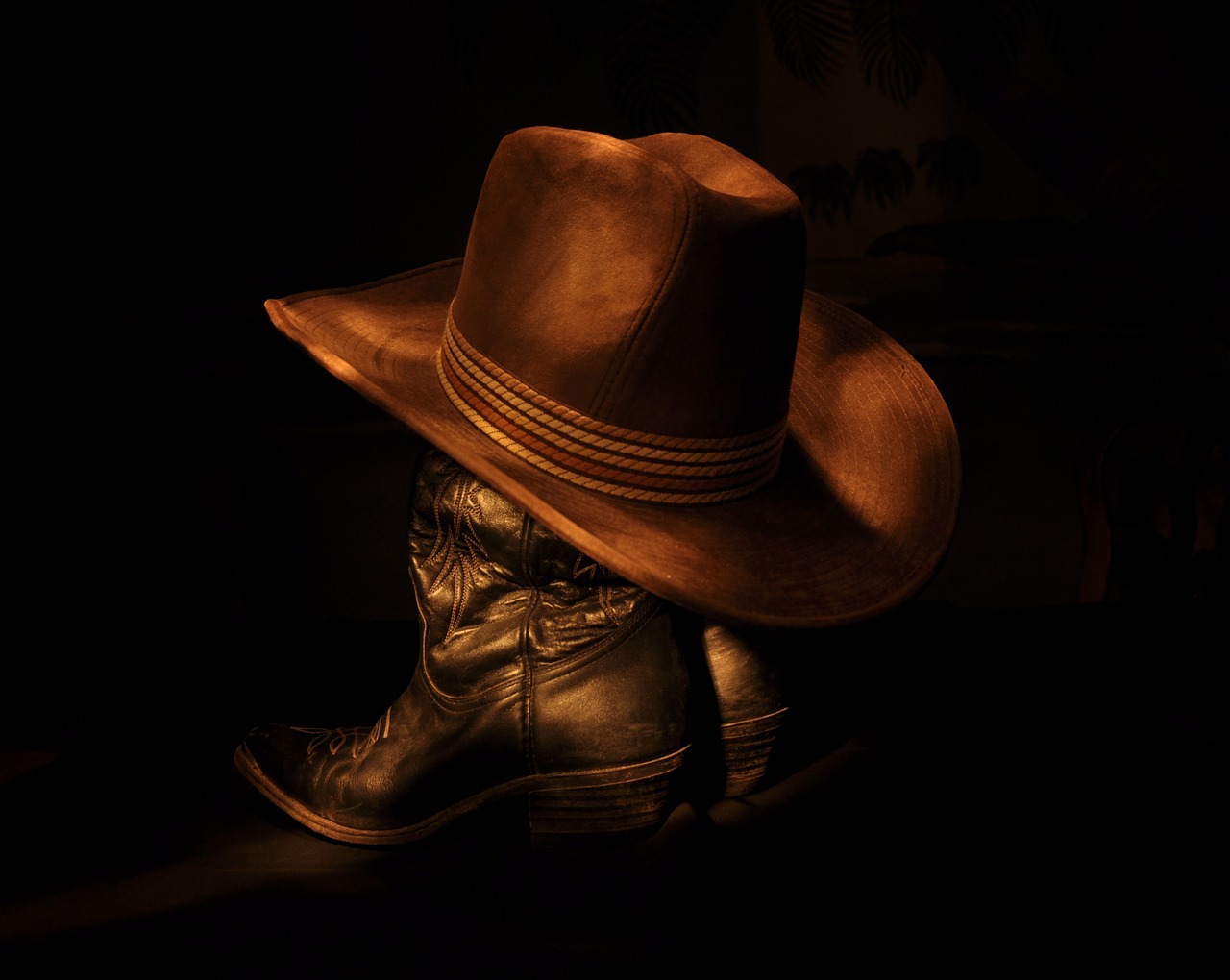
The Pony Express route was nearly 2,000 miles (3,200 km) long overland.
The undertaking assembled 80 riders, 400 horses and had about 190 stations (mostly in Nebraska, Wyoming, Utah, and Nevada).
It required about 10 days to travel between East and West to deliver newspaper reports, business documents and government dispatches.
In its early days, the cost was $5 for every half-ounce of mail that was later reduced to just $1.
Speed was essential for the Pony Express therefore, loads needed to be as light as possible.
The Pony Express provided a fresh horse every 10-15 miles (16 to 24 km) and a fresh rider every 75-100 miles (120 to 160 km).
A total of 75 horses were needed to make a one-way, relay trip with an average speed of 10 miles per hour to criss-cross the frontier in record time.
Pony Express riders were small and generally weighed between 100 and 125 pounds.
Their average age was around 20, however, there were teenagers as young as 14 who were hired.
“Bronco” Charlie Miller was only 11 years old when he first joined the Pony Express.
Miller, along with "Pony" Bob Haslam and other riders, would go on to work in Buffalo Bill's Wild West show.
He was to be the last Pony Express rider before it shut down and outlived all other riders dying at the age of 105 in 1955.
The company’s best record came in March 1861, when riders carried the inaugural address of Abraham Lincoln from Nebraska to California in just 7 days and 17 hours.
Horses used were:
Mustangs, Morgans, Pintos and Thoroughbreds.
Mochila Mailbag: Mail was carried in a specially designed leather mailbag that was draped over the saddle and capable of holding up to 20 pounds.
At each relief station, riders would simply grab the mochila mailbag off one mount and throw it over the next, fresh horse within a time span of just 2 minutes.
On the East, the mochila mailbags were made by saddlemaker, Israel Landis.
Pony Express Motto
The motto of the Pony Express riders was “Neither rain, or snow, nor death of night, can keep us from our duty.”
Legendary Pony Express Riders
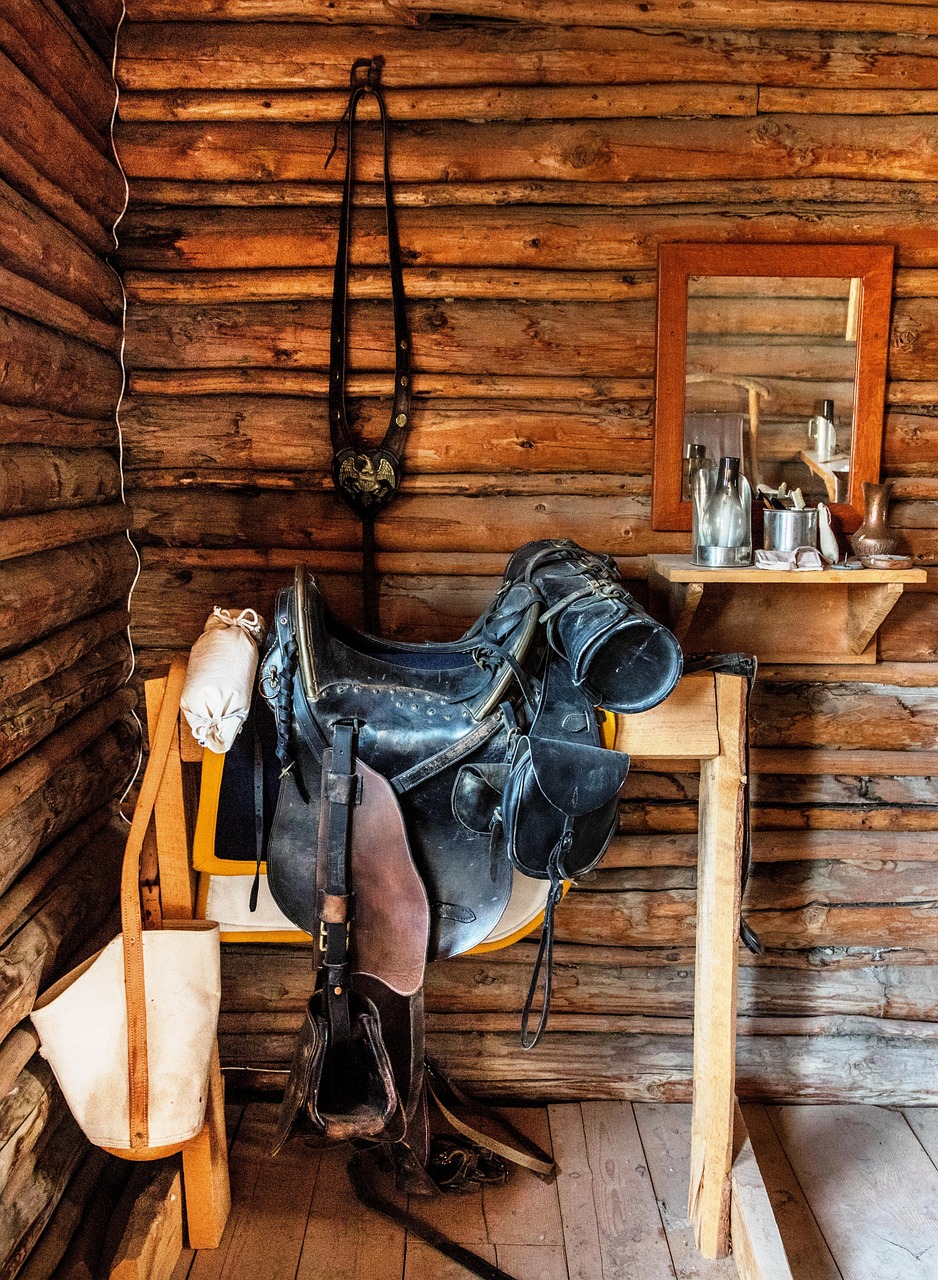
Pony Express of the Old West
Johnny Fry
Johnny Fry was the first “official” westbound rider of the Pony Express.
Later, he was enlisted as a Union soldier but sadly, was killed during the Civil War.
Johnny Fry was born in Bourbon County, Kentucky in 1840.
After winning a horse race near Rushville, Missouri, in 1860, he was approached by Alexander Major if he would be interested in riding for his Pony Express.
Fry accepted and became the first, west-bound Pony Express rider from the stables of St. Joseph, Missouri to Seneca, Kansas, a distance of about 80 miles on April 3, 1860.
Fry’s saddle was loaded with 50 pieces of mail, including a congratulatory message from President Buchanan to Governor Downey of California.
“Pony Bob” Haslam
“Pony Bob” Haslam is the holder of the record for the legendary, longest and fastest run in the history of the Pony Express in May 1860.
He was born in London, England, in 1840 and immigrated to the United States as a teen to Salt Lake City, Utah, where he worked on a ranch and as a government messenger.
In 1860, he was hired by Bolivar Roberts, a Pony Express Division Superintendent in Carson City, Nevada and was scheduled to ride the 75-mile run from Friday's Station east to Buckland Station in Nevada.
“Pony Bob” Haslam is credited with having made the longest round trip ride of the Pony Express having received the eastbound mail from San Francisco at Friday's Station.
At Buckland's Station his relief rider refused to take the mail because he became frightened over the Indian threat.
Haslam agreed to take the mail all the way to Smith's Creek, 190 miles away.
He began his return, westbound mail journey to Cold Springs where he found that Indians had raided the relief station, the station keeper dead and stock gone.
He finally reached Buckland's Station having completed a 380-mile round trip, the longest on record for the Pony Express.
“Pony Bob” Haslam's other greatest ride was the 120 miles in 8 hours and 20 minutes while wounded carrying Abraham Lincoln's Inaugural Address.
Buffalo Bill Cody
William Frederick Cody (February 26, 1846 – January 10, 1917), known as Buffalo Bill, was an American soldier, bison hunter, and showman was born in Le Claire, Iowa Territory, U.S. Denver, Colorado, United States.
He started working at the age of 11, after his father's death, and became a rider for the Pony Express at age 14 in 1860.
During the American Civil War, he served the Union from 1863 to the end of the war in 1865.
Later he served as a civilian scout for the U.S. Army during the Indian Wars.
In 1883, he founded Buffalo Bill's Wild West taking his large company on tours throughout the United States and, beginning in 1887, in Europe that show-cased cowboy themes and episodes from the frontier and Indian Wars.
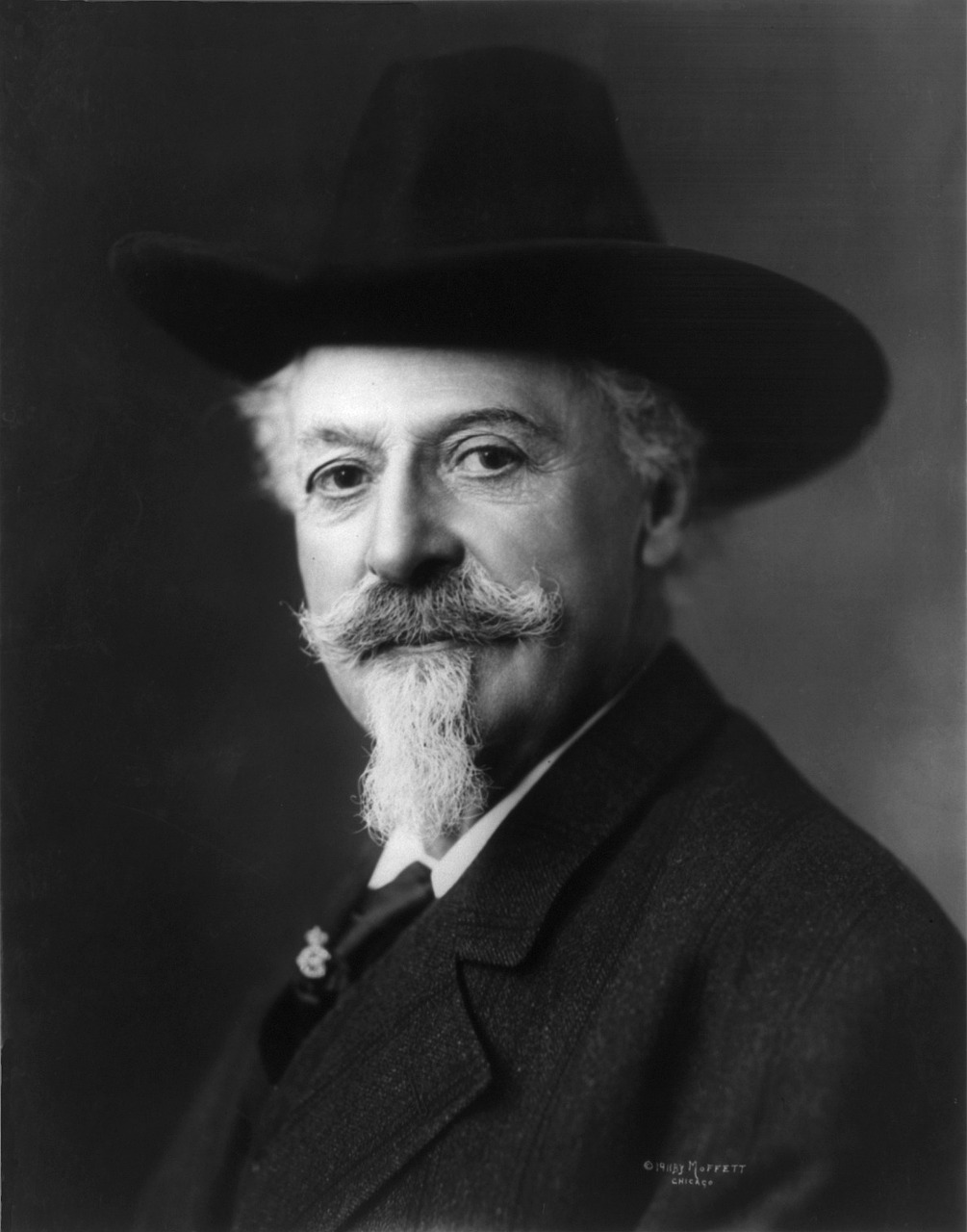
Relief Stations
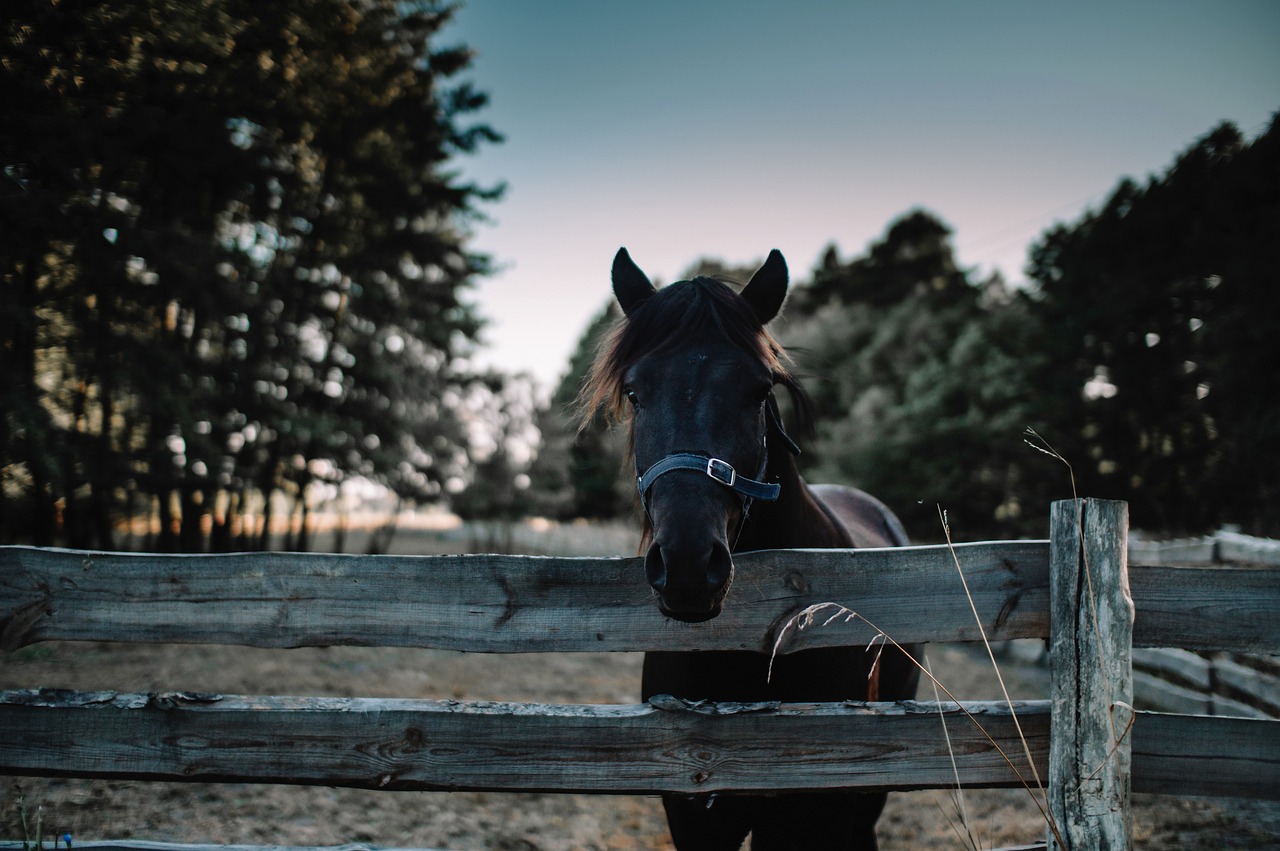
Pony Express of the Old West
The isolated relief stations, set between principal stations on a line of travel for the Pony Express and generally located between 5 to 20 miles apart, were the most in danger to robberies and Indian attacks.
However, they were the vital links for the incoming riders, providing water and a change of horses for the next leg of the hazardous journey.
Most stations were crude with dirt floors and had corrals for the Pony Express horses.
The station keepers manning these remote, relief stations were truly the unsung heroes - many lost their lives during this period of Old West history.
Horses were stolen, many stations were burned and station keepers were killed, especially during the Pauite Indian War starting in May 1860.
End of the Pony Express
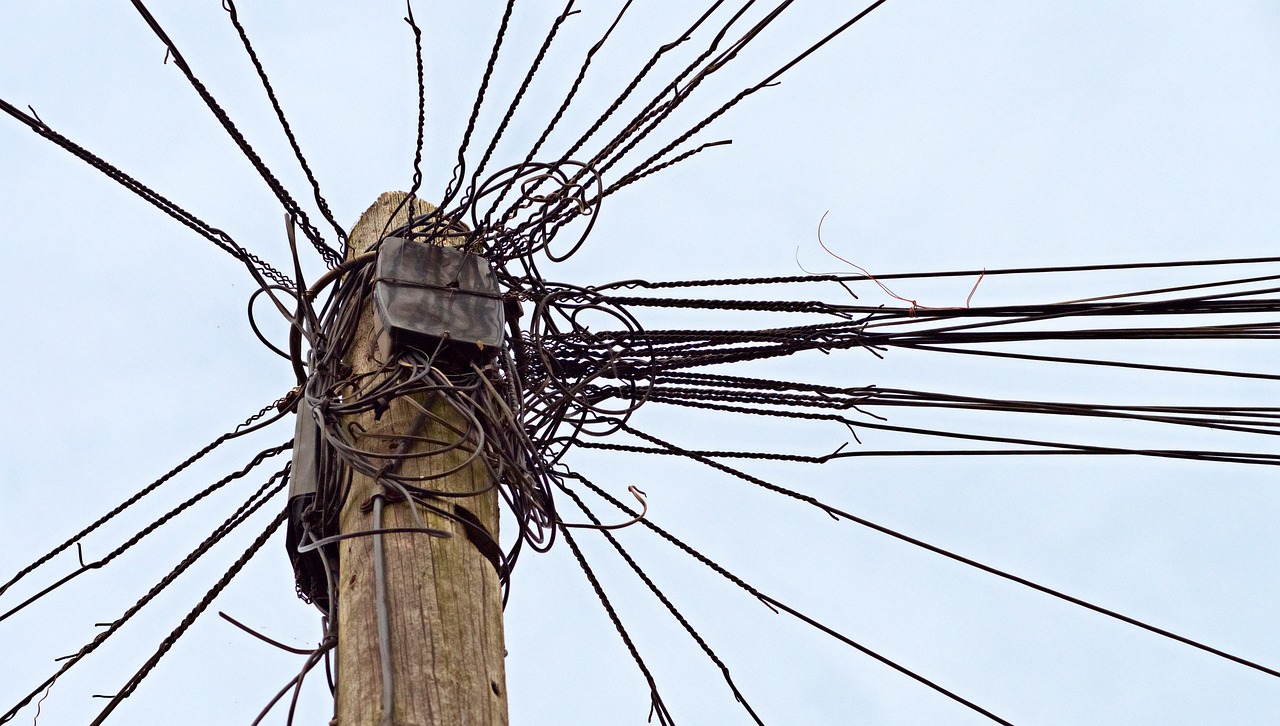
Pony Express of the Old West
The Pony Express was an exciting business venture, but not a financial success because the telegraph would ultimately replace it.
The completion of the transcontinental telegraph line in October 1861 caused of the demise of the Pony Express because it became possible to simply send a telegraph instantly to the West.
Legacy
During its 18 months of operation, the Pony Express made:
*A total of 308 complete runs.
*It covered a distance of about 616,000 miles (991,000 km) — equivalent to circling Earth more than 30 times.
The brief history of the Pony Express became part of romanticized, frontier lore of the Old West with its iconic riders that captured the imagination of people as one of the most daring and defining period of American West, national identity.
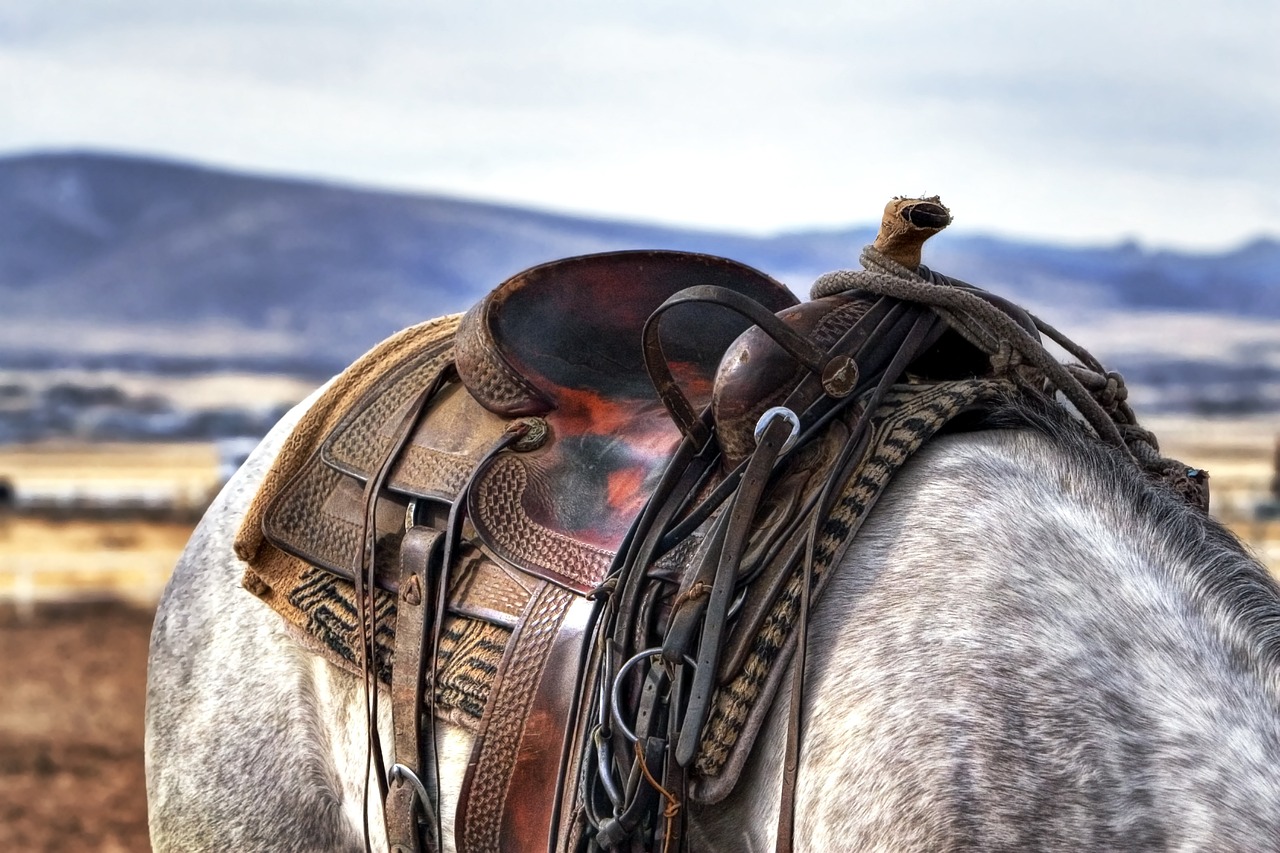
Ezine Articles Author Link
Click on the Link Below

Newsletter Opt-in-Form
The Keen Traveler
Your second block of text...
Recent Articles
-
When all we Have is God
Dec 20, 25 04:21 AM
When all we have is God in times of loss hardship or loneliness God's Presence offers refuge, strength and a purpose for the future. -
Beauty of Christmas
Dec 11, 25 04:22 AM
The beauty of Christmas is the celebration of the real Christmas Story with the Birth of Jesus Christ, the Son of God, Who came to bring love, hope, and salvation to the world. -
Spiritual Treasures of Life
Nov 26, 25 04:44 AM
Spiritual treasures of life are internal riches that are more valuable and everlasting than material wealth.


